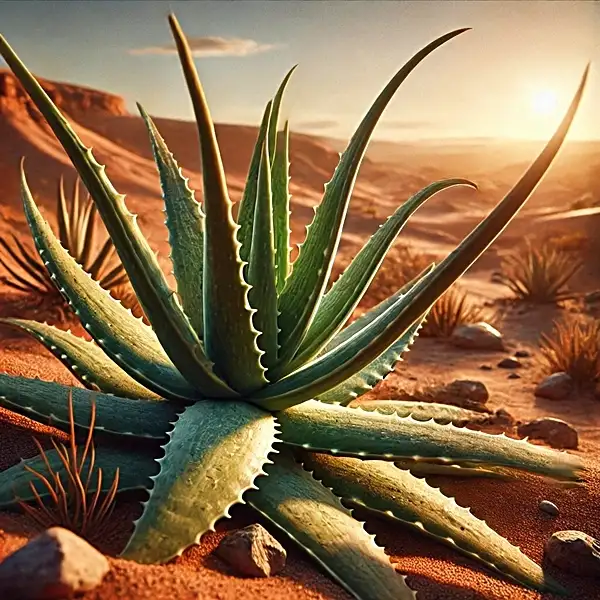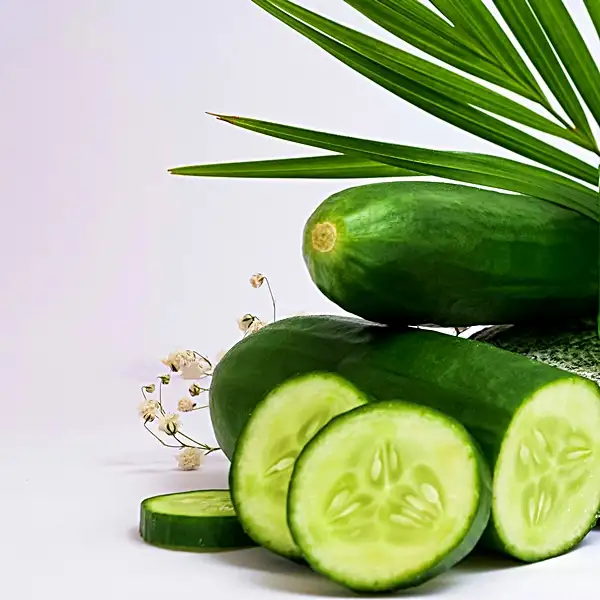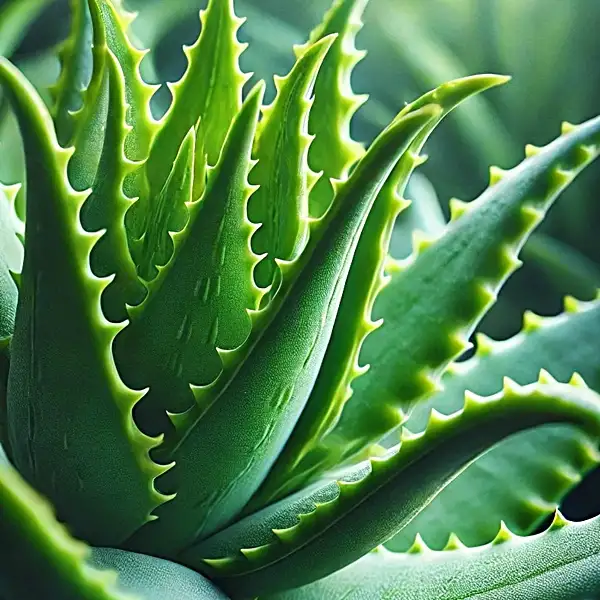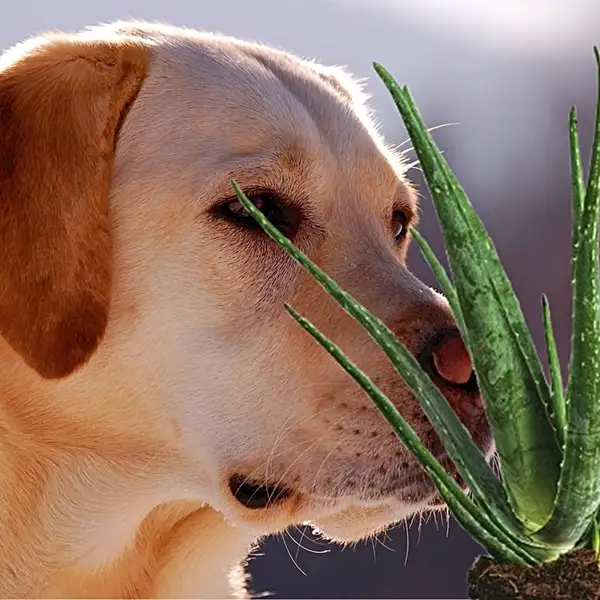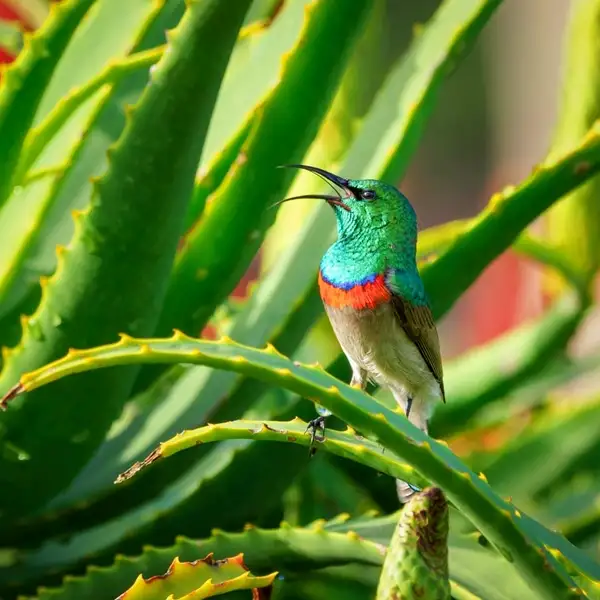Key Takeaways
| Key Takeaways | Why It Matters |
|---|---|
| Is Aloe Vera a succulent? | Unravel the plant’s scientific classification and its surprising traits |
| How does Aloe Vera survive harsh conditions? | Discover natural adaptations that make it almost indestructible |
| What sets Aloe Vera apart from other succulents? | Understand unique properties that make it stand out |
| Can Aloe Vera thrive indoors? | Learn why it’s one of the best low-maintenance houseplants |
| What practical uses make Aloe Vera a must-have? | Unlock its therapeutic benefits beyond mere decoration |
Aloe Vera – More Than a Healing Plant
A revered plant with an ancient reputation for incredible healing properties, the aloe vera needs little introduction. It features vividly in cosmetics & personal care products, praised for the nourishing gel it effortlessly extrudes from its fleshy leaves.
Known scientifically as Aloe barbadensis miller, this plant is in high demand due to its perennial nature & easy care routine.
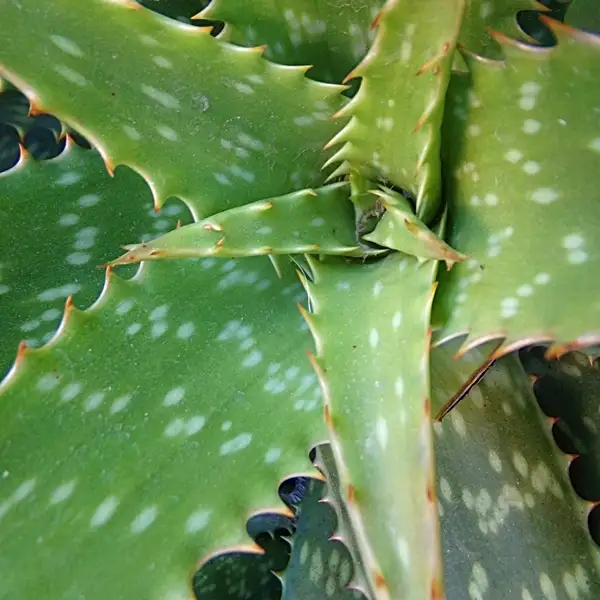
Stemming from Arabian Peninsula aloe vera has evolved over centuries to help safeguard itself against harsh environmental conditions like inadequate water supply or excessive sunlight exposure. Today, it boasts over 500 species scattered globally across tropical climates.
Beyond beauty treatments & skincare formulas, evidence supporting therapeutic benefits of this wondrous plant can be found even in ancient Egyptian papyrus inscriptions. Named ‘the plant of immortality,‘ aloe certainly transcends ordinary flora with its medicinal potency – hydrating burns & soothing cuts & abrasions are just a few examples.
3 Succulent Types: Distinct Characteristics & Examples
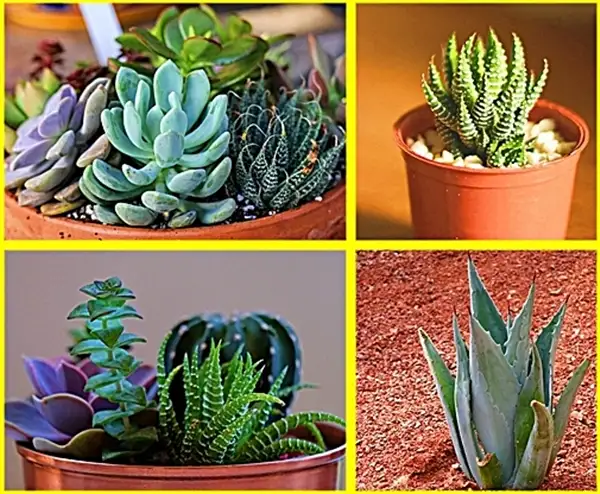
The botanical family known as succulents consists of plants capable of storing copious amounts of water within their stems or leaves—think of them as nature’s camels in floral form! This physiological adaptation offers multiple advantages, including increased drought survival rates & reduced transpiration loss.
In essence, these hardy wonder plants have built-in water reserves. It allows them to thrive even in inhospitable environments i.e. deserts or rocky seashores – places where non-succulent plants might struggle.
Despite their diverse habitats, ranging from high-altitude mountainsides to coastal lowlands, all members share one unifying trait – ability to maintain hydration during prolonged dry periods through internal water storage.
Broadly categorized into three groups – stem succulents (like cacti), leaf succulents (like jade plants) & root succulents. These resilient species present a stunning paradox between their exquisite beauty & rugged survival abilities.
| Succulent Family | Characteristics | Examples |
|---|---|---|
| Stem Succulents 🌵 |
|
|
| Leaf Succulents 🌿 |
|
|
| Root Succulents 🌱 |
|
|
Relationship Between Aloe Vera & Succulents
As per botanical taxonomy, status of aloe vera as a succulent has long been debated. Its historical background traces back to Mediterranean region where it has flourished & survived in harsh arid climates partly due to its unique water-storing capability.
It raises the question – Can we classify this therapeutic powerhouse as part of succulent family? To answer this, we need to explore relationship between them.
A common characteristic among all fleshy-leaved or stem-storing plants i.e. aloe vera is their remarkable ability to store surplus water enabling them to withstand long periods of drought. Fundamentally, considering its leaf structure & function, aloe vera is undeniably classified as a succulent.
Unveiling the Truth: Is Aloe Vera a Succulent (5 REASONS)
In botanical parlance, any plant that stores large amounts of water qualifies as a succulent. With this definition in mind—yes! Aloe vera fundamentally possesses all the characteristics of succulents, including:
| Reason | Explanation |
|---|---|
| Water Storage 💧 |
|
| Drought Tolerance ☀️ |
|
| Leaf Structure 🍃 |
|
| Scientific Classification 🔬 |
|
| Survival Mechanism 🌱 |
|
So, despite any contrary beliefs, rest assured that aloe vera stands firmly among the diverse range of plants within vast world of succulents.
Aloe Vera vs. Other Succulents (4 Essential Comparisons)
Key Similarities & Differences Between Aloe Vera & Other Succulents
| Aspect | Aloe Vera | Other Succulents |
|---|---|---|
| Water Storage 💧 |
|
|
| Medicinal Properties 🩹 |
|
|
| Root System 🌱 |
|
|
| Growth Habit 🌿/ Roots Difference |
|
|
8 Practical Implications of Aloe Vera Being a Succulent
| Implication | Details |
|---|---|
| Low Water Requirements 🚱 |
|
| Indoor Adaptability 🏠 |
|
| Air Purification 🌬️ |
|
| Ease of Care 🌿 |
|
| Beginner-Friendly 🌱 |
|
| Temperature Tolerance 🌡️ |
|
| Soil Requirements 🌾 |
|
| Propagation Ease 🌿 |
|
For gardening beginners, understanding resilience of succulents like Aloe Vera can accelerate their learning curve, helping them progress from novice to proficient amateur gardener faster than usual!
Frequently Asked Questions
Do indoor aloe plants attract bugs?
Aloe Vera resists pests but can attract fungus gnats if overwatered or spider mites if dusty. Keep leaves clean & soil dry to avoid infestations.
What is most healing house plant?
Aloe Vera ranks highest due to its gel which soothes burns, cuts & skin irritations. Its natural healing compounds surpass most other houseplants.


